Imbibe Live: Drinks Trends 2024
The rapid and consumer-led evolution of the drinks industry shows no sign of slowing down, as the global market is expected to reach a new peak in 2027 of 2 trillion dollars (Statistic, 2023).
As ¾ of consumers say they desire new tastes within their drinks (FMCG Guru, 2022), and over 30% of people worldwide are now drinking more cocktails than wine and beer (Business Wire, 2023), we are crucially seeing this evolution dictated by consumer trends, through a desire to explore diverse flavours and global cultures through the lens of drinks.
Brands are increasingly looking to position themselves at the forefront of what is trending within the market, to underpin their strategies and activations and build the most effective consumer relationships. As we head into 2024, staying ahead of consumer desires and behaviours dictating these trends is crucial for brands, along with a comprehensive and diverse knowledge of the current state of the industry.
What is Imbibe?
adm’s Insights team attended Imbibe Live 2023, the annual leading event for the UK drinks industry, to explore and learn more about the direction the market is heading in, and the key trends to look out for in 2023-24. Held at Olympia London, the event unites the drinks industry, with exhibitors ranging from start-ups to global brands, attracting stakeholders from sourcing, producing, buying, and selling. At this year's event, we saw the recent, rising trends continue to take centre stage, including No and Low, sustainability and global flavours. In addition, we learned about new trends: expansion and diversification, the increased influence of the natural world, innovative serves, and functional beverages. This report highlights these key trends that brands can capitalize on to capture consumers and opportunities that should be harnessed as the market evolves faster than ever.
Key Trend 1: The Future is Functional.
Among wealthy Americans, 41% say they’re prioritizing wellness and health spending more than they were pre-pandemic.
With the health and wellness movement skyrocketing in all sectors, it’s no surprise this continues into the drinks industry. Among wealthy Americans, 41% say they’re prioritizing wellness and health spending more than they were pre-pandemic (Saks Luxury Pulse, 2022). Fuelled by Gen Z and Millennials looking to put their health first in the wake of COVID, the rise of the sober-curious and mindful consumer has not only contributed to the continued increase of alcohol-free, but also low-sugar options and drinks with health benefits.
More than 1/2 of US Consumers are seeking these functional drinks (Tastewise, 2019), therefore the opportunity to penetrate the on-trade is substantial. Placing these drinks as mixer alternatives to traditional choices, or creating an innovative serve beyond the canned drink to entice consumers at the bar, are both ways for functional drinks brands to secure that crucial first drink.
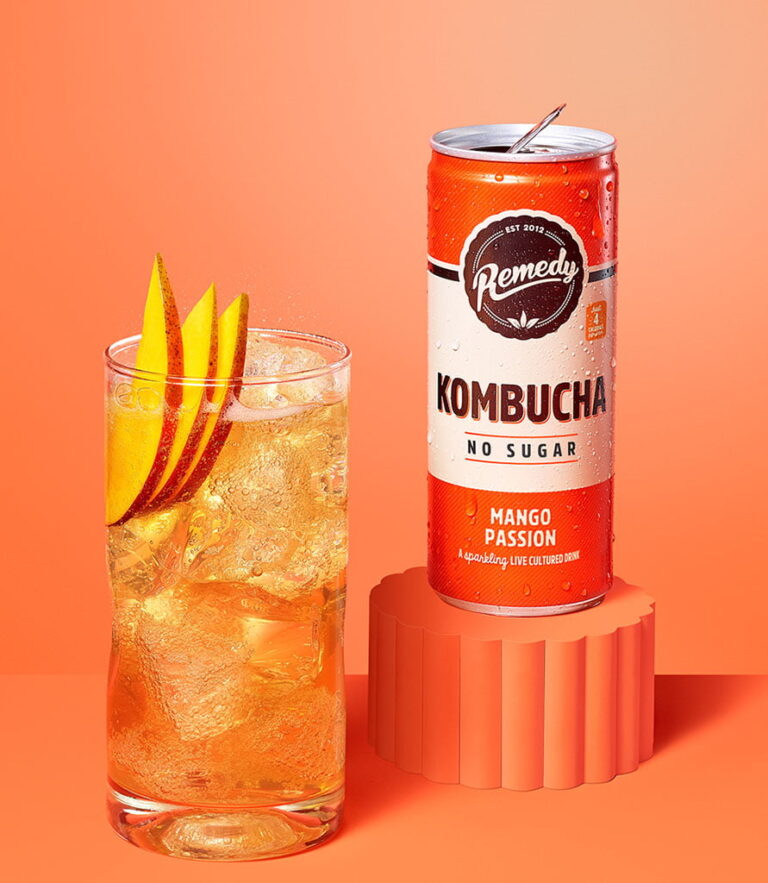
Functional drinks at Imbibe included the healing properties of Remedy’s Kombucha, which contains live cultures, organic acids and antioxidants as the 3 powerhouses to gut health. Trip and Mola’s CBD-infused drinks boast relaxing and de-stressing benefits through simply cracking open a can. KUGI’s ‘cut the crap, keep the fun’ slogan showcases their low-calorie, zero-sugar Hard Seltzer Iced Tea as a textbook example for how brands are marketing to the Gen Z health-conscious audience.
Cleaner and lighter drink alternatives see new inspiration, including Lifted’s high-protein alcohol-free beer, alongside LA Brewery’s Kombucha Sparkling Wine – placing kombucha beyond the soft drink option and into the alcohol-alternative sphere.
The crossover between the functional and No and Low categories highlights the importance of wellness to the evolving alcohol consumer.
Key Trend 2: No and Low.
The booming No and Low category shows no sign of slowing down, holding an ever-increasing influence over drinking behavior – 1/3 of pub visits are now alcohol-free (KAM, 2022). Alongside this, we are seeing a diversification of the target audience. It is moving away from exclusively those who identify as non-drinkers and into the sober-curious. 36% of millennials are considered ‘substituters’, swapping full-strength drinks for No and Low alcohol on some (but not all) occasions (The Shout, 2022). This broadening audience brings with it a demand for diversity of drink, as the semi-sober drinker looks to directly replace their choice of drink rather than ‘settle’ for the only alcohol-free option available.
Crossip has created a trio of alcohol-free spirits with flavors including blazing pineapple, fresh citrus and dandy smoke. The range is designed to cater for all flavor profiles, so the consumer has a 0%-alternative option for any cocktail - from classic favorites to experimental creations.
36% of millennials are considered ‘substituters’, swapping full-strength drinks for no and low alternatives on some occasions.
The challenge facing brands in this space is now visibility – how can they ensure consumers walk into a bar and are aware these options are available? The opportunity here lies in utilising POS. Can No and Low options create touch points on the front of the bar, or utilize materials like glorifiers and glassware to increase presence in the on-trade?
The aperitivo boom has been capitalized on by Crodino and Sprissetto, who offer the sweet-bitter flavors of Aperol & Campari. Potions Cauldron's Magical Drinks fulfil the consumer desire for fun and innovation, offering alcohol-free mixers with mystically-named flavors to create exciting and unique mocktails.
It is clear that No and Low now holds such an established space in the market that it can look to piggy-back on additional trends within the beverage business to broaden its scope within the trade.
The challenge facing brands in this space is now visibility – how can they ensure consumers walk into a bar and are aware these options are available? The opportunity here lies in utilising POS. Can No and Low options create touchpoints on the front of the bar, or utilize materials like glorifiers and glassware to increase presence in the on-trade?
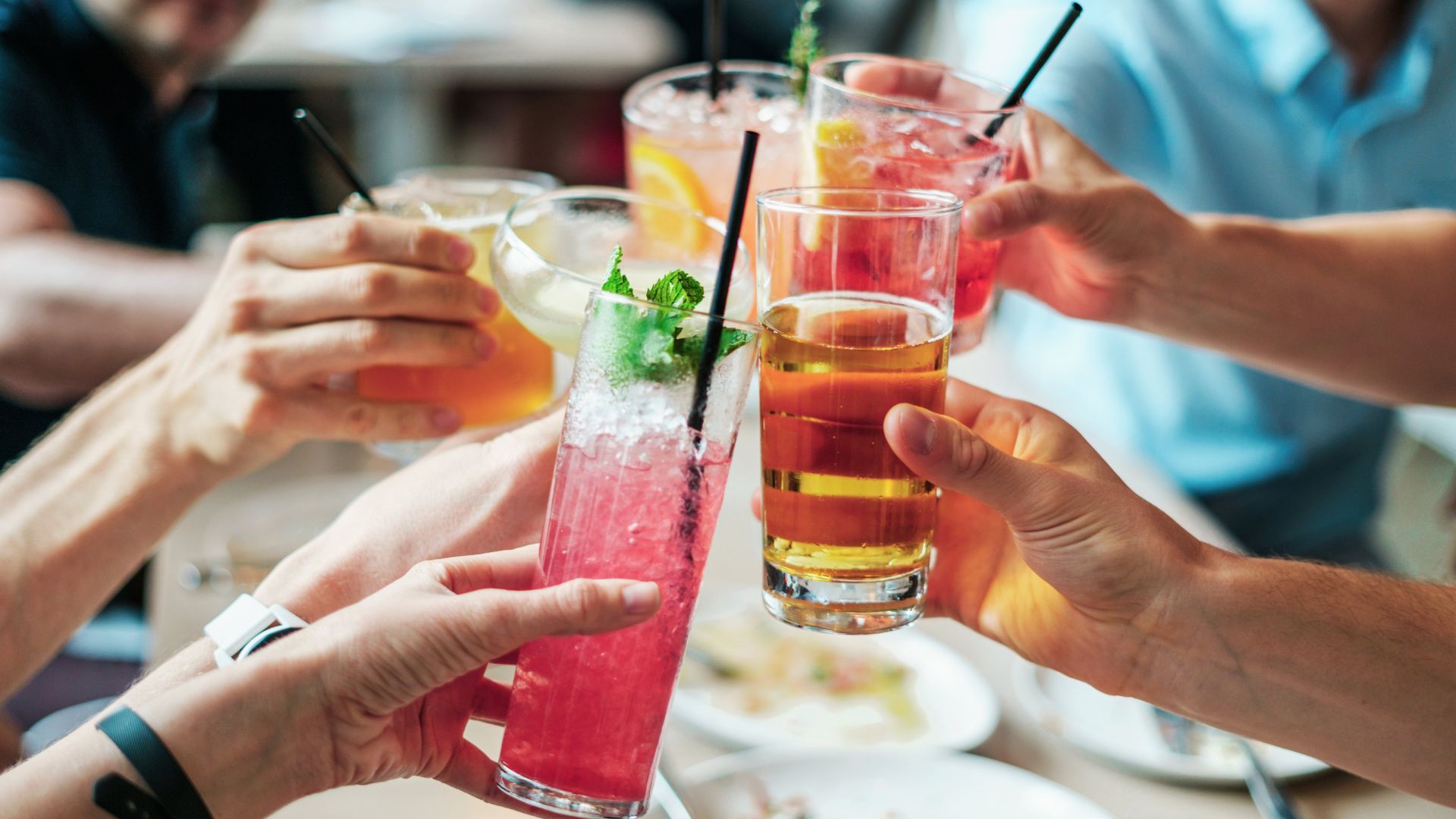
1/3 of pub visits are now alcohol free.
Key trend 3: The Natural World.
Flavor profiles continue to take natural inspiration, with botanical infusions maintaining popularity. Gattertop’s craft vodka is imbued with the botanicals of damson, nettle and rosemary, all sourced from their nature estate. We see this mirrored in alcohol-free, with Everleaf’s newest Marine addition to their aperitivo range, featuring bergamot, kelp and sea buckthorn.
38% of Brits want to connect with nature more frequently.
Alongside this, nature sees new additions to its inspiratory effect, with honey infusions from Beehave Beverages, and a Birchwater whisky accompaniment from Birkentree deriving from Scotland’s oldest trees.
We are seeing creative serves used to tell the environmental story of the beverage. Harnnesing tools such as smokers, atomisers, and digital extensions such as AI, brands can bring the natural world alive within the drink experience. This not only lengthens the consumer interaction but strengthens it, in creating a more premium experience.
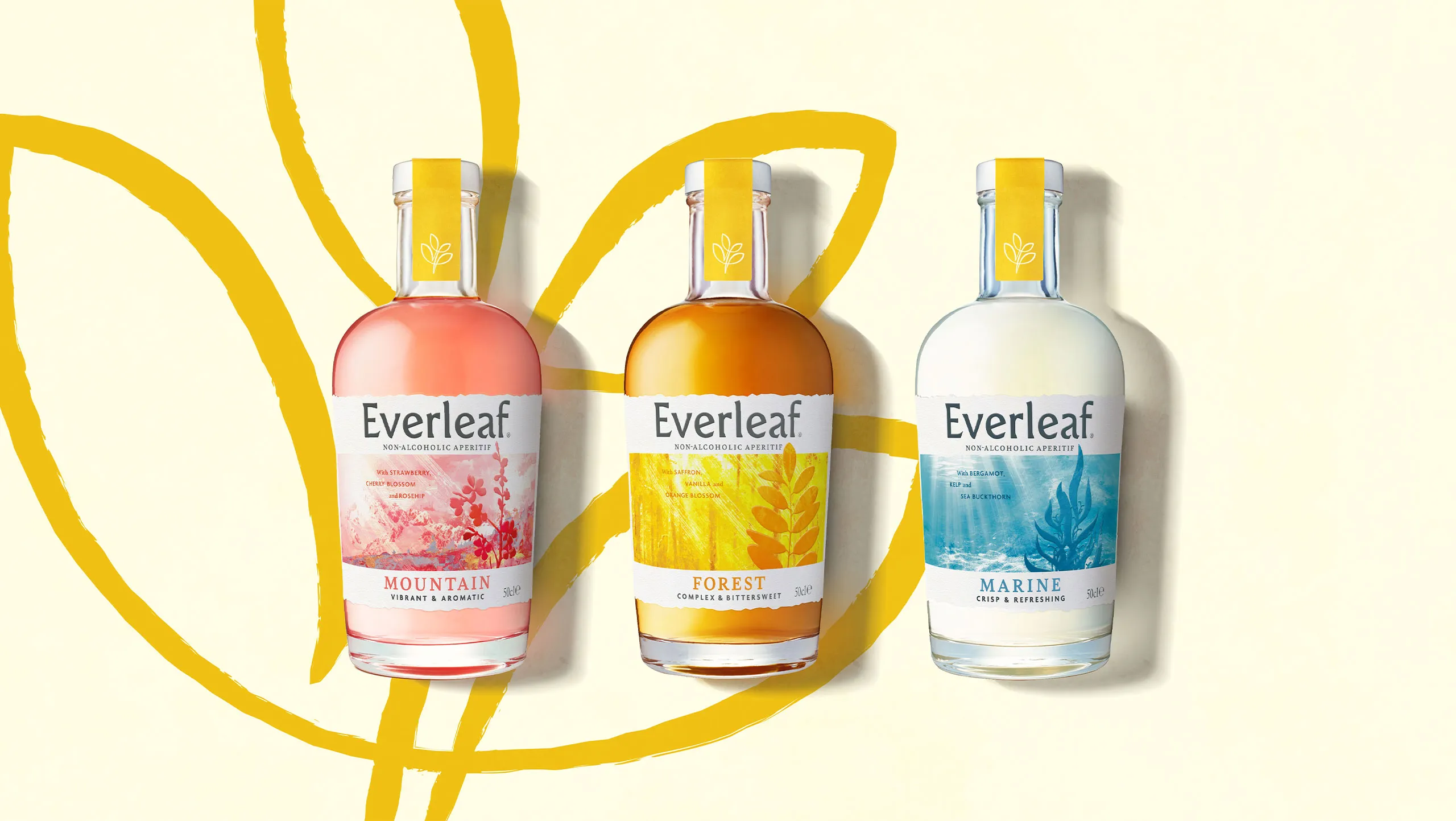
Key Trend 4: Nomad Sippers.
Global flavors continue to take center stage as the culinarily-curious look to expand their palette beyond the food revolution, and and travel the world through their glass. Consumers view dining as an opportunity to explore the world, and this is transcending into the drinks market.
Japanese spirits dominate, and supermarket staple favourites like Roku are facing competition from the likes of Hyogo’s Artisan Dry Gin, inspired by the Taisho period’s merging of Eastern and Western culture. Vodka and whisky also see new Japanese additions that challenge the most popular global spirits. Yet we are also seeing Japan and East Asia bring their more traditional beverages to the mainstream market. Sake continues to rise in popularity, but we are also seeing the emergence of more niche drinks, including the sweet-sour flavors of Japanese Pavillion’s Umeshu Plum Wine and Mizuho Island Spirit's Ryukyu Awamori Rice Liquor, a fermented spirit hailing from 13th-century Japanese trade practices.
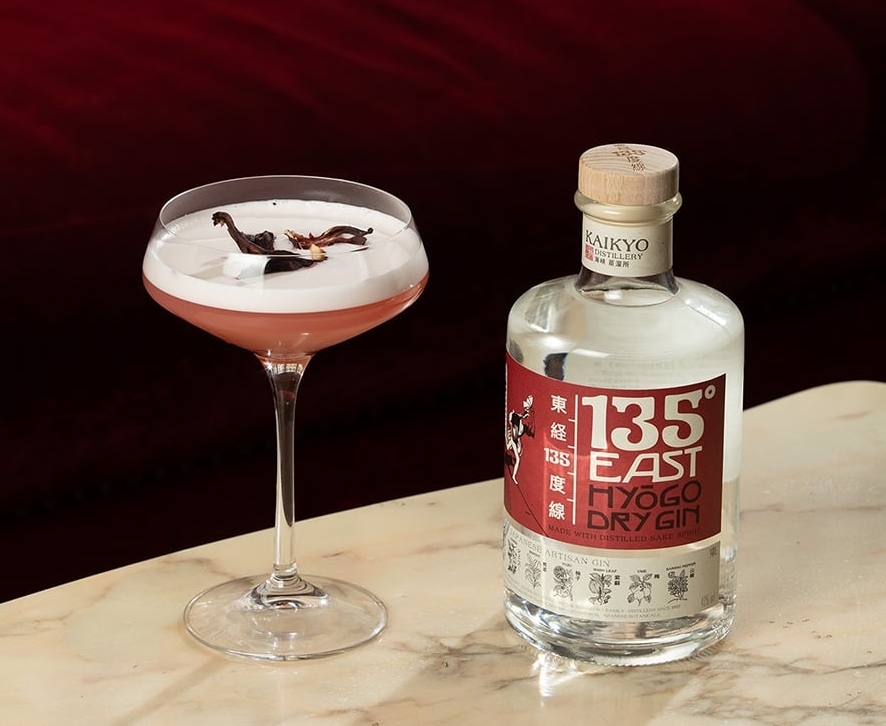
4 out of 5 British and American GenZ view dining as an opportunity to explore the world.
Spirits from the East that are more unique in flavor are trickling into the Western market as flavor palettes adapt and seek more complex tastes. From Asia to Africa, the global drinks experience is a prime vehicle for the rising importance of storytelling in the brand-consumer relationship. Consumers are demanding more from their beverages, not only through experience and premiumization, but through knowledge and accountability of the background behind their consumption.
Reign Rum is Ghana’s first premium rum, founded by Amma Mensuh. When reviving a planation to ensure better work and pay for farmers, she discovered she could replace molasses with sugar cane for a unique African twist on rum. The rise of African influence was highlighted at Imbibe, through their Tasting Room’s exploration of supply chain diversity - a celebration of up-and-coming black-owned brands. These ranged from locally-sourced creations to modern innovations. Bayab Gin uses flavors of the Baobab fruit native to the African savannah, where the black-founded business continue to source and distil in the homeland of their roots.
Key Trend 6: Innovative Serves.
One of the biggest influences in the industry is the demand for the 'experience’, and with this comes the importance of how we drink – the desire for a stand-out and exciting serve. During COVID, many consumers started creating cocktails at home, and therefore when returning to on-trade environments, expect more from the drinking experience they are paying a premium for. Innovative serves not only include ingredients & flavors, but also what glassware or packaging is used, and the act of drinking the beverage itself. Exciting and unique drink serves were abundant at Imbibe. From Wattshot’s unique angle to gin that is ‘designed to be a shot’, to Buzzballz cocktails innovating the shape of the ever-popular cocktail tin - it is evident that innovation is transcending both on and off trade.
One of the biggest influences in the industry is the demand for the 'experience’, and with this comes the importance of how we drink – the desire for a stand-out and exciting serve. During COVID, many consumers started creating cocktails at home, and therefore when returning to on-trade environments, expect more from the drinking experience they are paying a premium for. Innovative serves not only include ingredients & flavors, but also what glassware or packaging is used, and the act of drinking the beverage itself. Exciting and unique drink serves were abundant at Imbibe. From Wattshot’s unique angle to gin that is ‘designed to be a shot’, to Buzzballz cocktails innovating the shape of the ever-popular cocktail tin - it is evident that innovation is transcending both on and off trade.
Ms Better’s Bitters bring mixology to mainstream bars with their range of flavorings and foamers that can create show-stopping drinks in an instant.

The iced beverage world soars as sorbets, slushies and ice lollies become hugely popular, with both new players and existing brands showcasing this exciting way to consume. AU Vodka have just created a new range of push-up style ice lollies, as well as start-ups like as Xin & Voltaire creating frozen cocktails in sorbet form.
Junkyard Mini Golf, Flight Club Darts and All Star Lanes Bowling are all examples of the growing trend of ‘competitive socialising’ - where fun and interactive activities are coupled with the drinking occasion. These venues increasingly prove a destination of choice for drinkers, and one where consumers want to put a generous portion of their spend. 59% of Gen Z said they would spend more on drinks in one of these venues compared to a standard bar. (KAM, 2022) The rise of competitive socialising further highlights the consumer desire for engagement and newness in drinking behaviour. This is matched in these venues with customer’s choice of drink - Junkyard Golf's two most popular sellers are their most visually striking (Imbibe, 2023). More traditional bar environments (and the brands they serve) need to acknowledge the popularity of these settings, and seek to inject this inspiration into their own offerings. One way to do this is through the innovative serves.
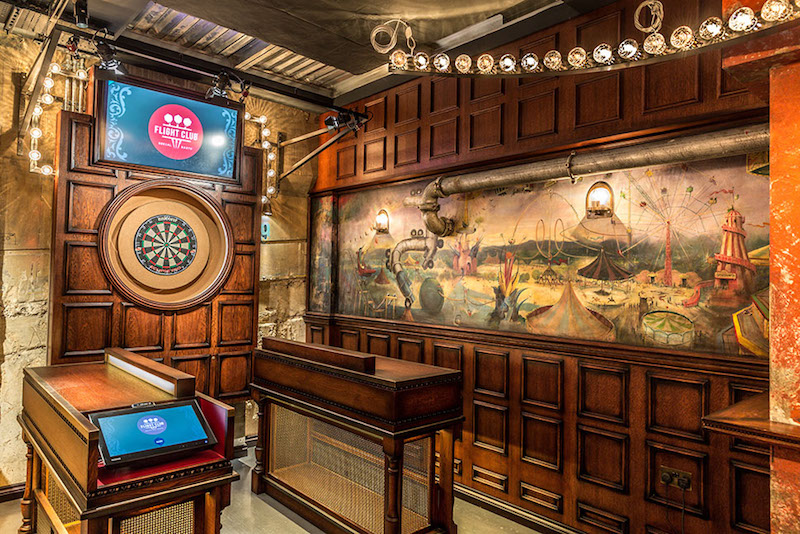
59% of Gen Z said they would spend more on drinks in an experiential venue
Three Key Takeaways.
No and Low remains firmly a rising trend, but is seeing an amplified influence from the health and wellness movement, as the two combine to capture the increasingly health-conscious Gen Z and Millennial consumer.
The desire for fun and excitement in the post-pandemic world is creating more unique and exciting ways to drink, as we see innovative serves with existing spirits alongside new inventions and creations.
Sustainable and cultural storytelling increases mental availability in the consumer decision process, and consequently sharing the drink's origins and brand purpose is becoming entrenched as a pillar of marketing strategy.
Innovator Spotlight.
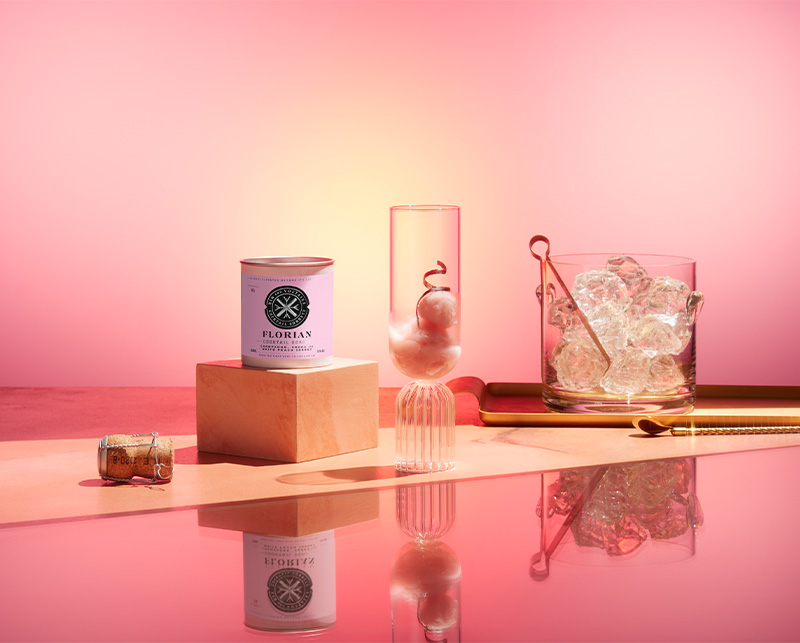
Sorbet Serve.
Black-owned Xin & Voltaire create cocktails that offer a new sensorial experience and challenge the capabilities of alcohol in the market as we know it. Their frozen sorbet cocktails arose from founder Grace Ubawuchi’s frequent predicament of whether to order a dessert or cocktail. Working with an awarding-winning Parisian chef, Xin & Voltaire utilises the latest food technology to combine both. Their formulation achieves the feat of freezing alcohol at a high ABV, whilst maintaining strong flavors and a luxurious texture.
Gut-loving Fizz.
LA Brewery’s Sparkling Blush Kombucha adds a sophisticated and elegant addition to the No and Low scene. Inspired by rose wine, this delicate and floral fizz provides the perfect alcohol-free option for traditional champagne toasts or for serving at summer events. LA Brewery’s mission is to create alternatives to alcohol that offer complexity in flavor whilst remaining a light and healthy option. Using Kombucha when brewing adds gut-friendly bacteria designed to improve digestive health. In doing this, LA Brewery are positioning themselves across two rising trends – mindful consumption and the wellness movement. This not only broadens their market, but also strengthens their consumer relationships through an understanding that the two are often inherently linked in mental availability.
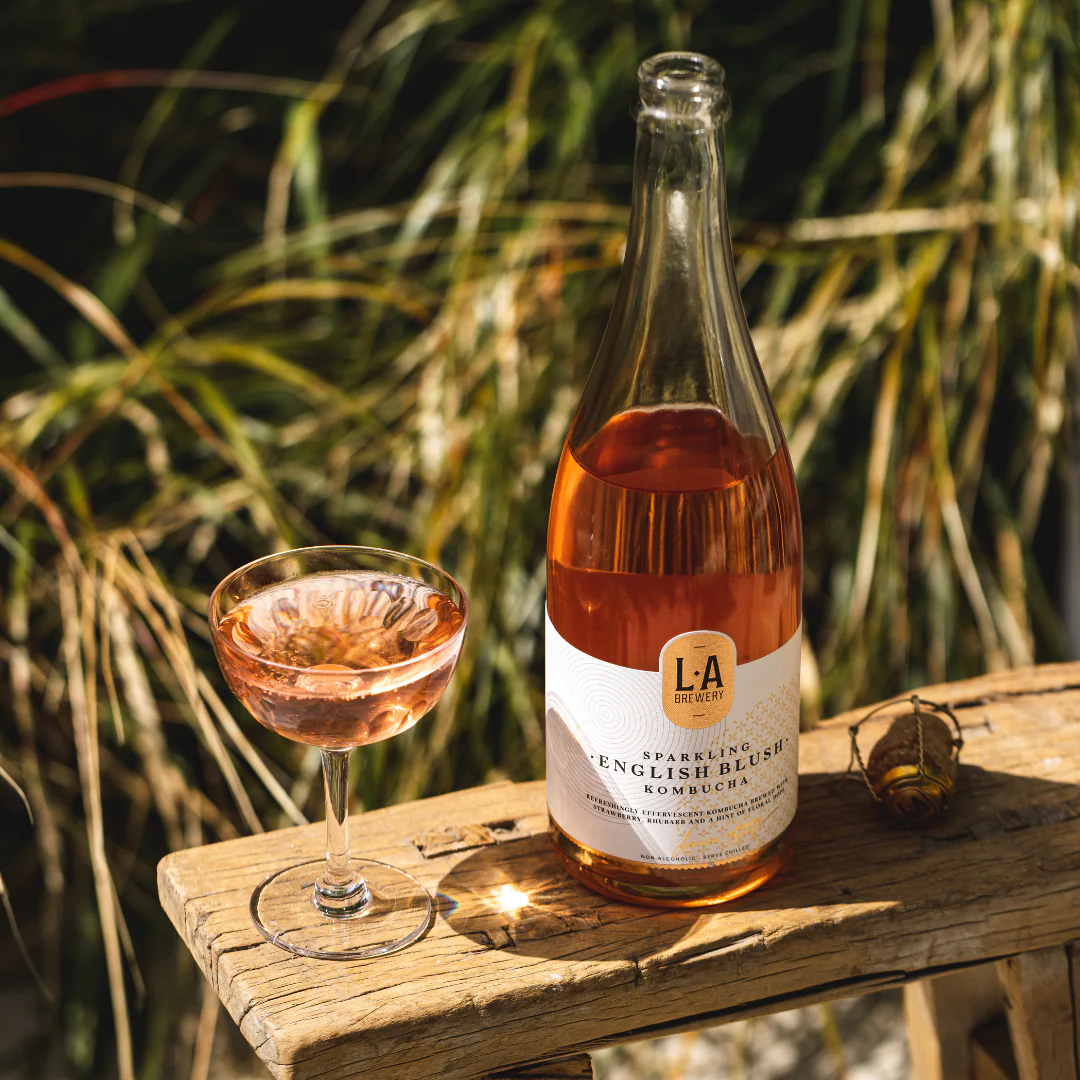
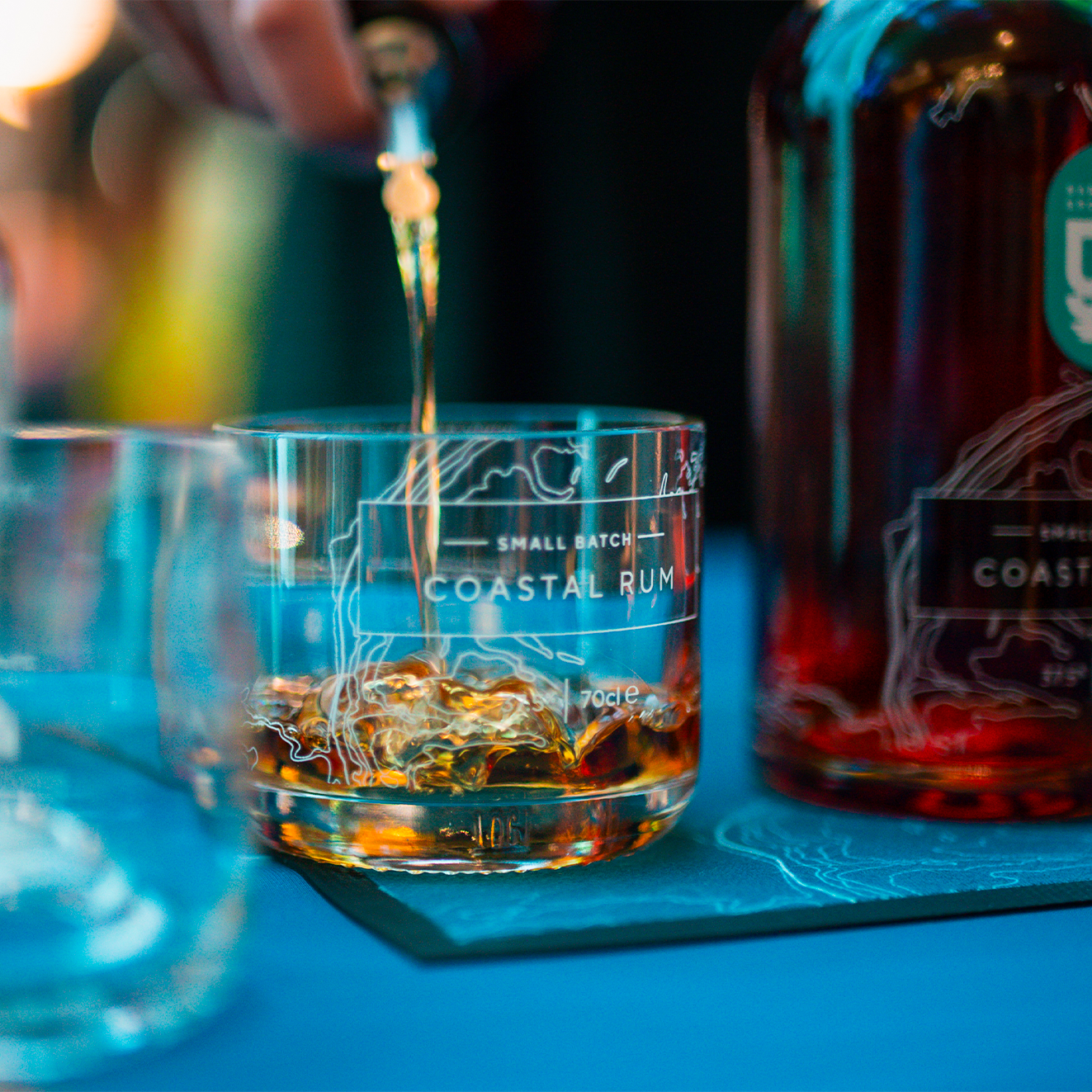
Sea and Stormy.
Barnacle Brothers seek to capture the incredible offerings of the natural world around us through their Coastal Rum. Infusing their rum with organic sugar kelp and sea spaghetti from the pure waters of their homeland in Wick, Scotland, they brew in small batches to ensure every essence of the landscape is captured. They only source their ingredients sustainably - hand-foraging and harvesting in selected windows and areas to ensure regrowth. The brothers offer a prime example of answering the consumer desire to see the origins of their consumption, as the growing trend of returning to nature and sustainability accountability continues.
African Made.
Bayab infuse their gin with botanicals sourced from the Baobab tree, which is native to the African savannah. Known as the ‘tree of life’, it is a pillar of African communities and rooted at the heart of many societies and cultures across the continent. The fruit adds a unique tangy sherbet taste to the spirit. Yet beyond this, Bayab’s heritage connects the global consumer with their desire to explore the world through their glass. Locally produced spirits expose drinkers to new flavors, as well as cultures with the stories and inspirations they bring with them.
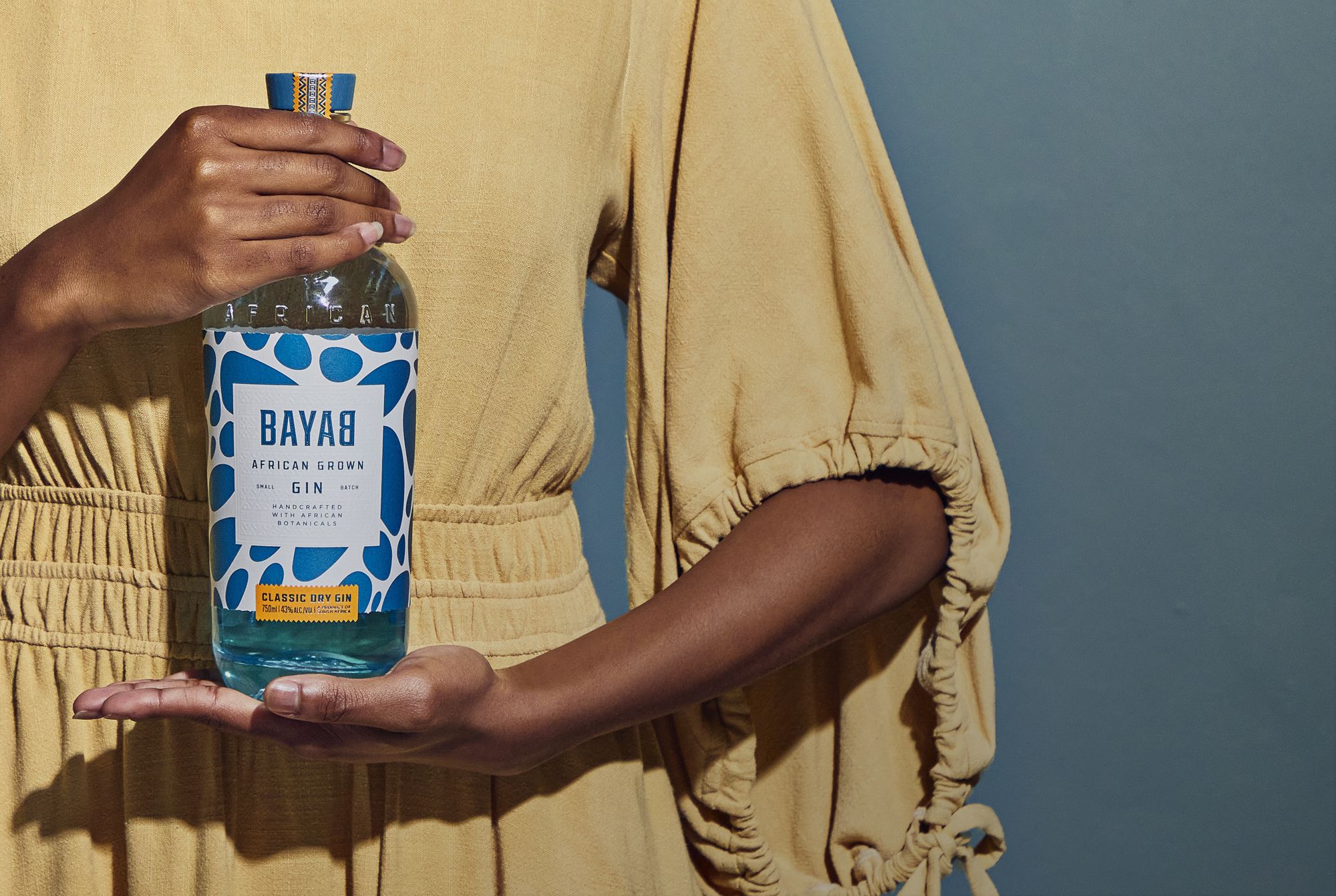
Read more from our Insights team

